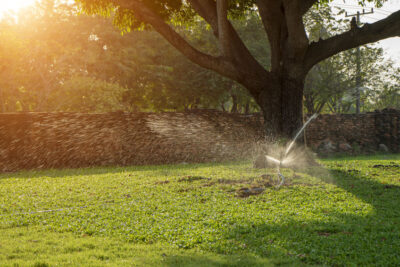
Avid gardeners may have noticed that some flowers close their petals during the night, only to reopen once the sun rises. Well, according to The Washington Post, scientists at Hungary’s Center for Ecological Research have stumbled upon the same phenomenon occurring in trees. While they were testing the effectiveness of lasers to measure the trees’ circadian rhythms, they discovered that the branches and leaves of two birch trees in two different parts of the world drooped the same degree during the night.
The researchers at the Hungary Center seem to be on to something. Their findings showed that the two birch trees – one of which was located in Finland and the other in Austria – drooped the same amount at the same time during the night. The branches and leaves on each tree sagged about four inches about two hours after sunset, reports Vox, and remained in this “relaxed” position until a few hours before sunrise.
On the other hand, the research could suggest that the trees’ branches and leaves drooped and perked up based on their internal circadian rhythm. That is to say that the branches and leaves “woke up” a few hours before the sun rose in preparation for the day’s photosynthesis to begin.
Though the research is still in its infancy – there have been no studies that track the circadian rhythms or movement of trees using lasers like this before, though similar studies have been performed in potted plants – scientists are hopeful that further study may help some industries determine the best time of day to fell trees, depending on their water content. Timber cutters, for example, achieved the best results when the tree is as dry as possible, while wetter trees are better for producing sap, such as in the rubber and syrup industries.
Plus, the information gleaned here may help tree farmers (and other types of tree-lovers) figure out more effective irrigation plans. If the trees are perked up and at their thirstiest during the early hours of the morning, irrigation systems can be switched on then. If they’re about ready to “fall asleep” during the evening hours, irrigation systems should be switched off.
Further research will certainly be done on trees of different species as well to see if the observations hold from one type of tree to another. For now, though, it’s a relaxing thought that the trees outside your window might just be falling asleep as you are.
If it’s time for you to plant some more trees in the yard, check out the list of available deciduous trees from Cold Stream Farm. We’ve been offering a wide range of trees, as well as shrubs and other landscaping plants, for clients throughout the Michigan reason and beyond since 1978. To learn more or to place an order, call us today at 231-464-5809.

